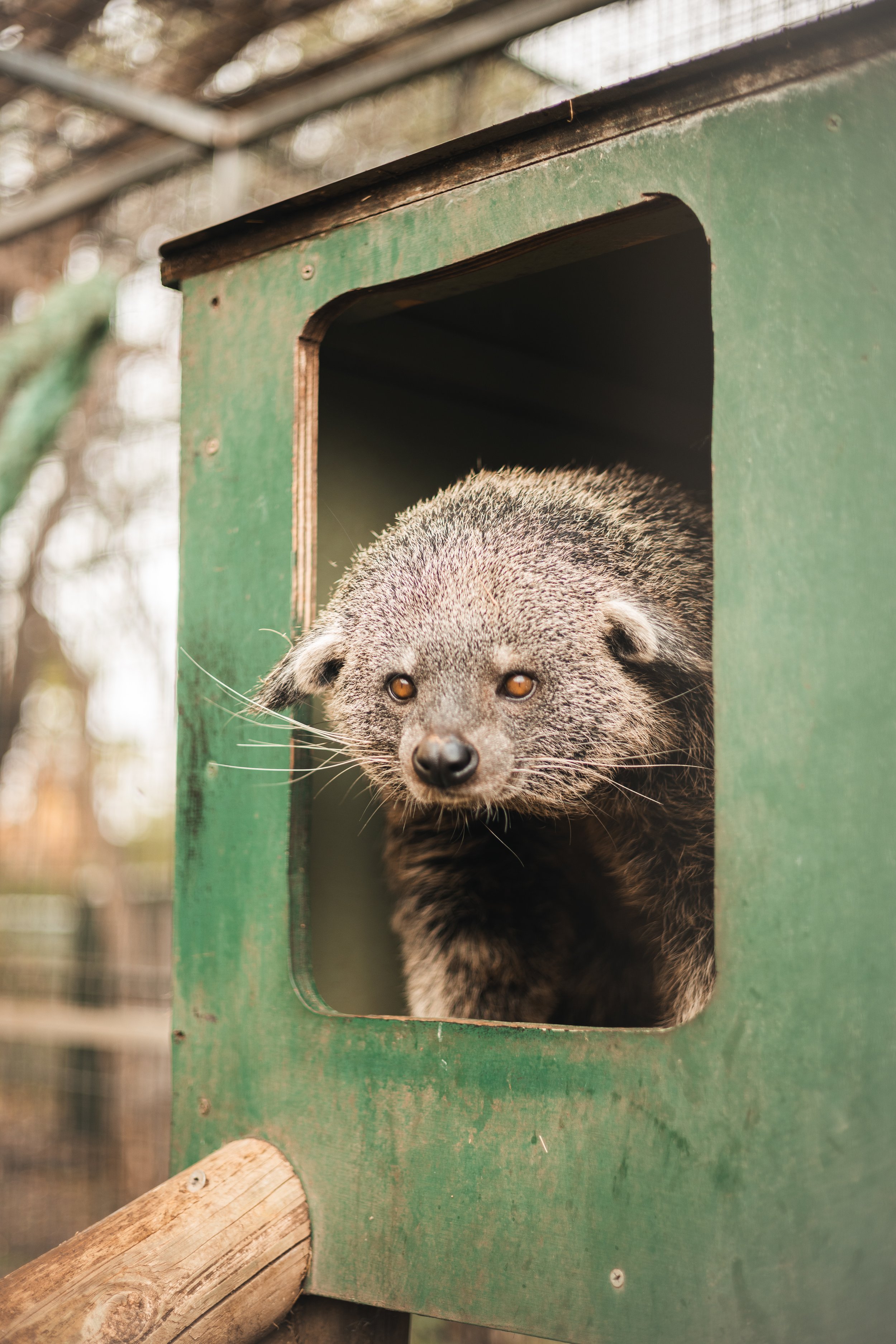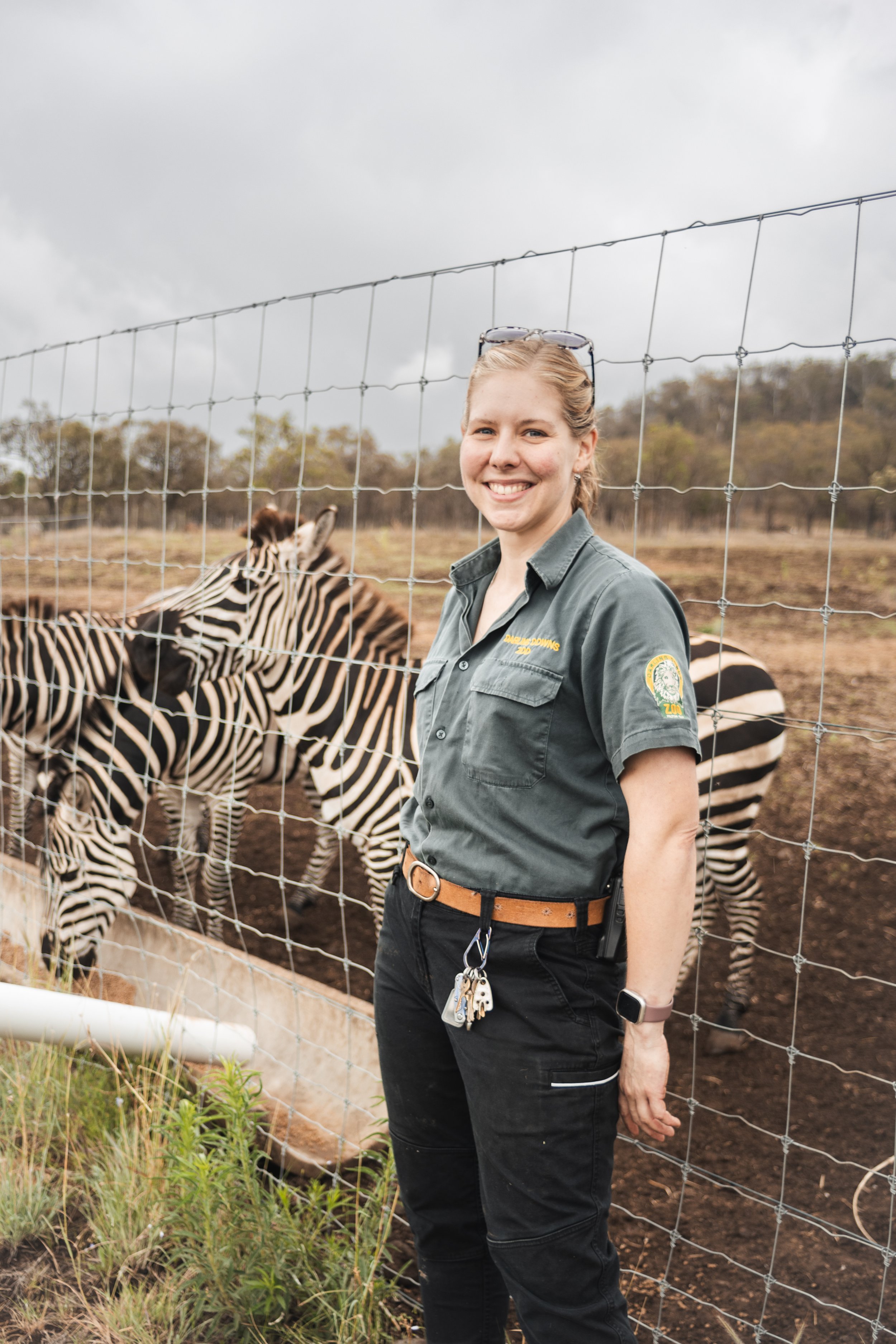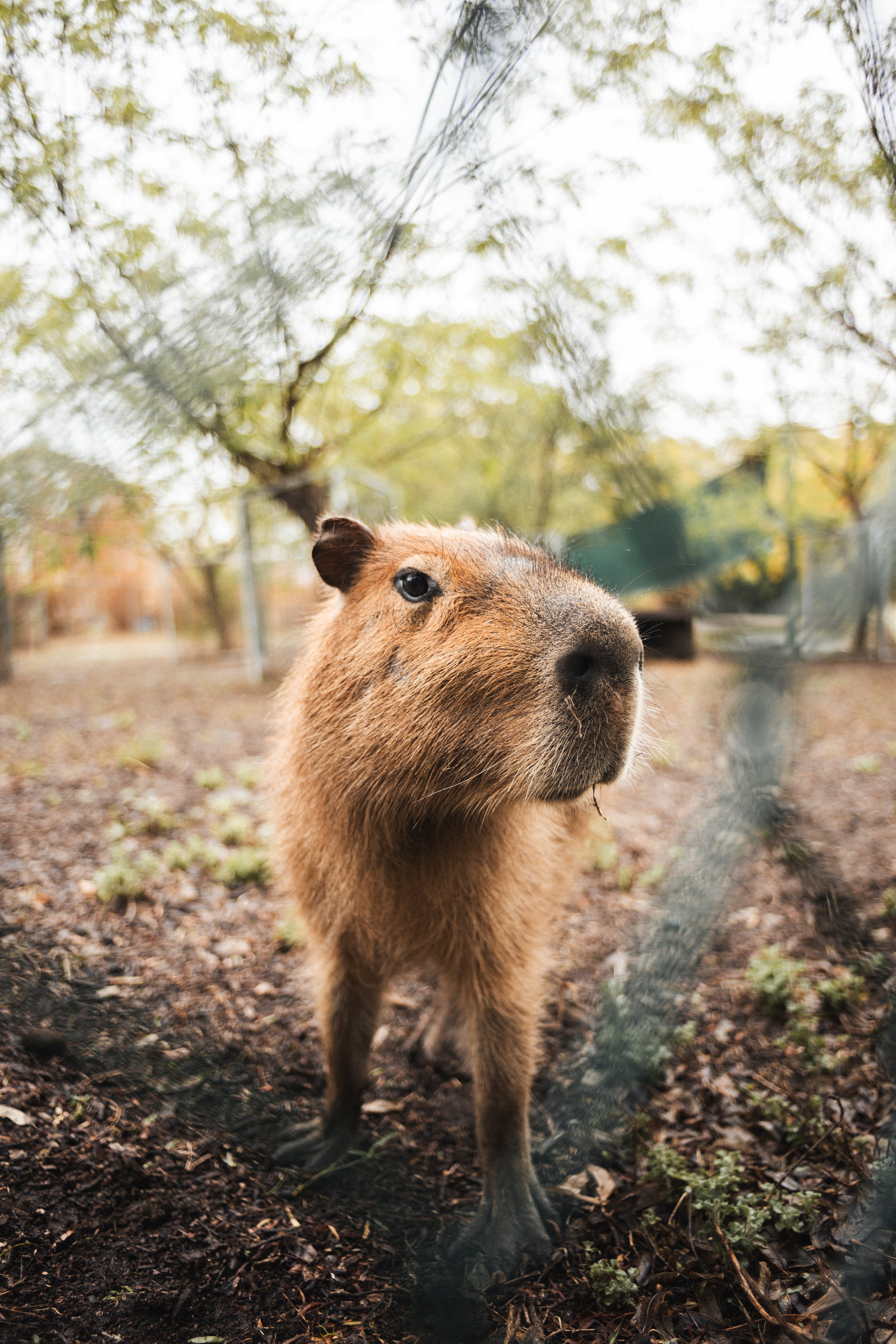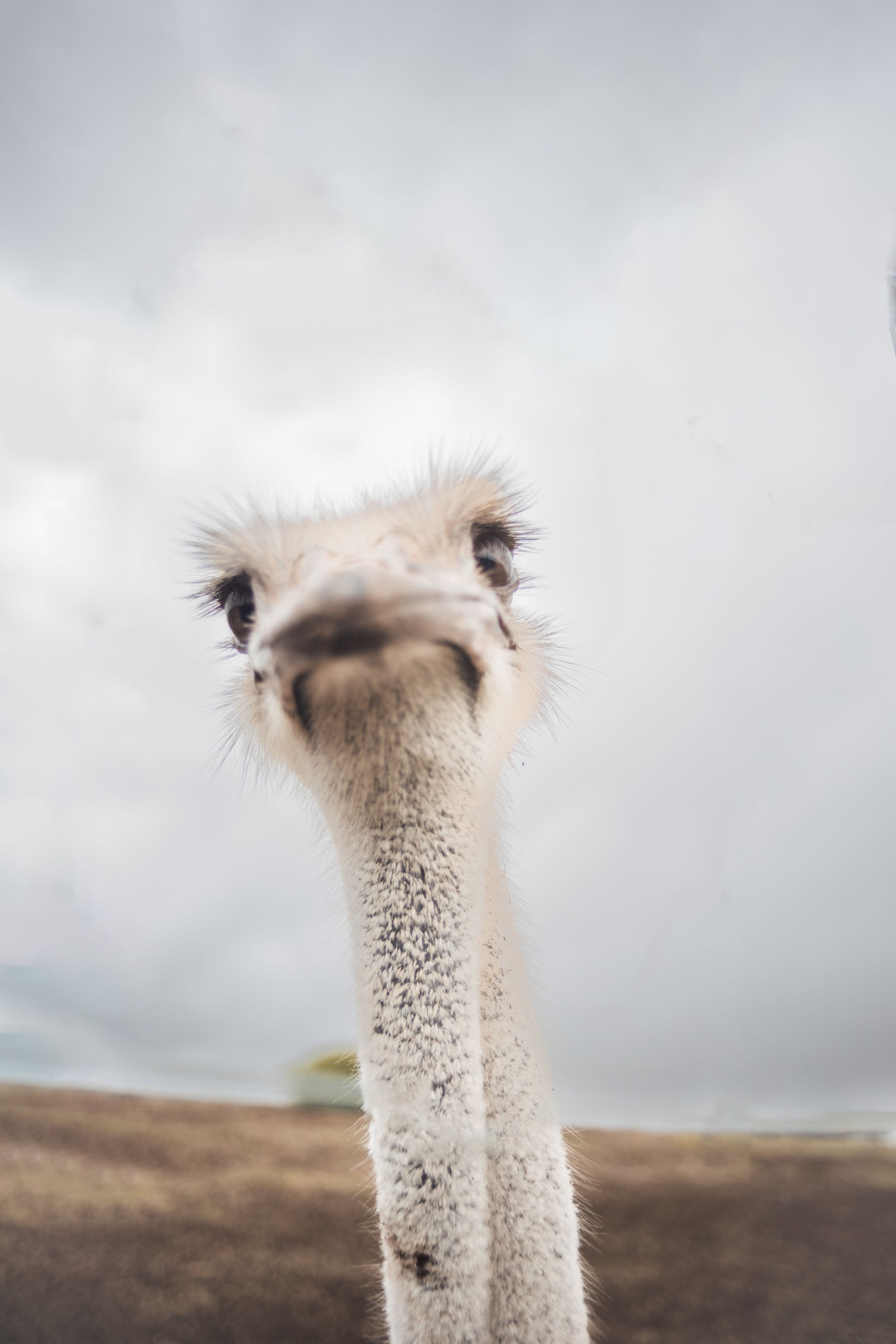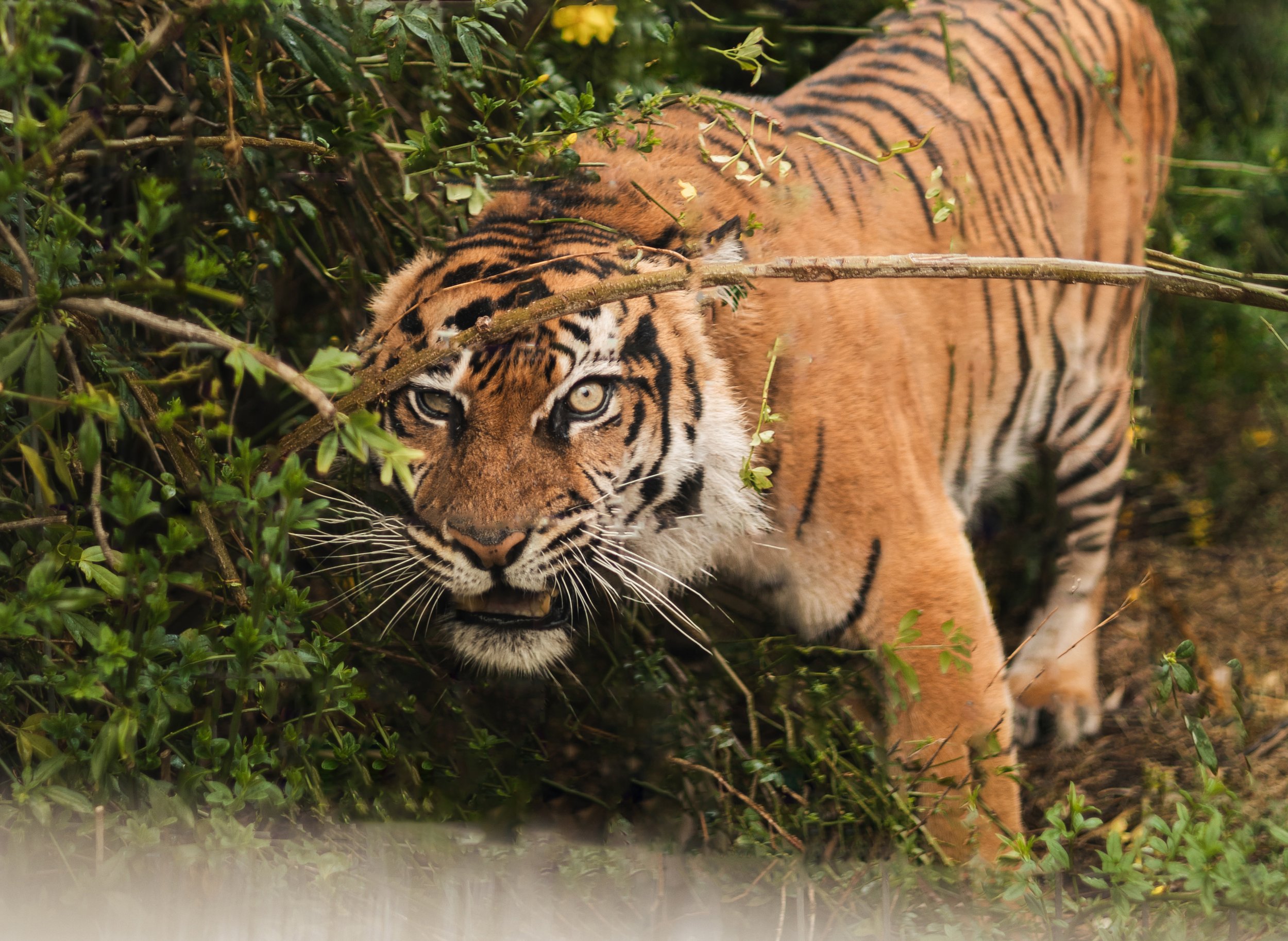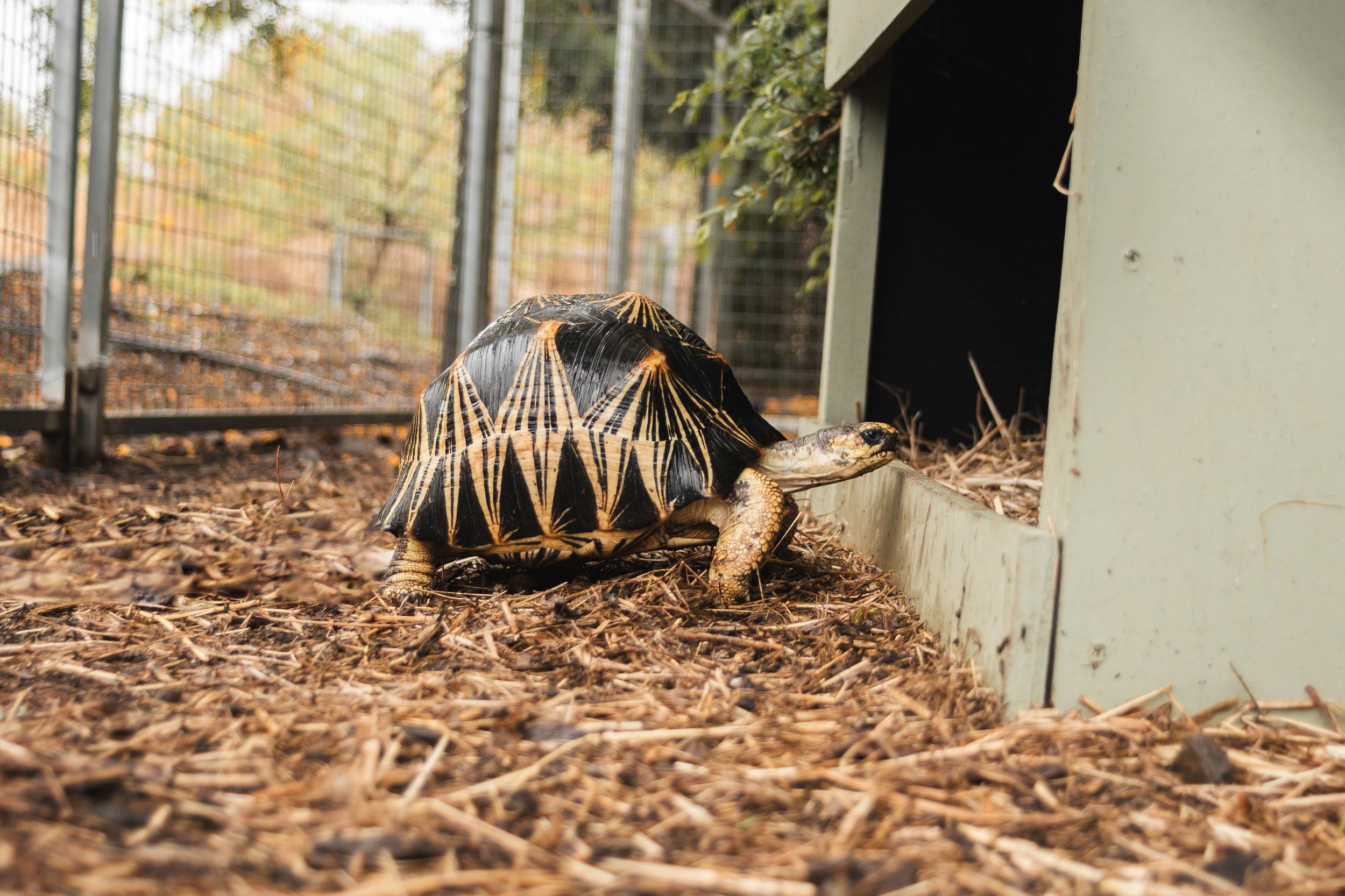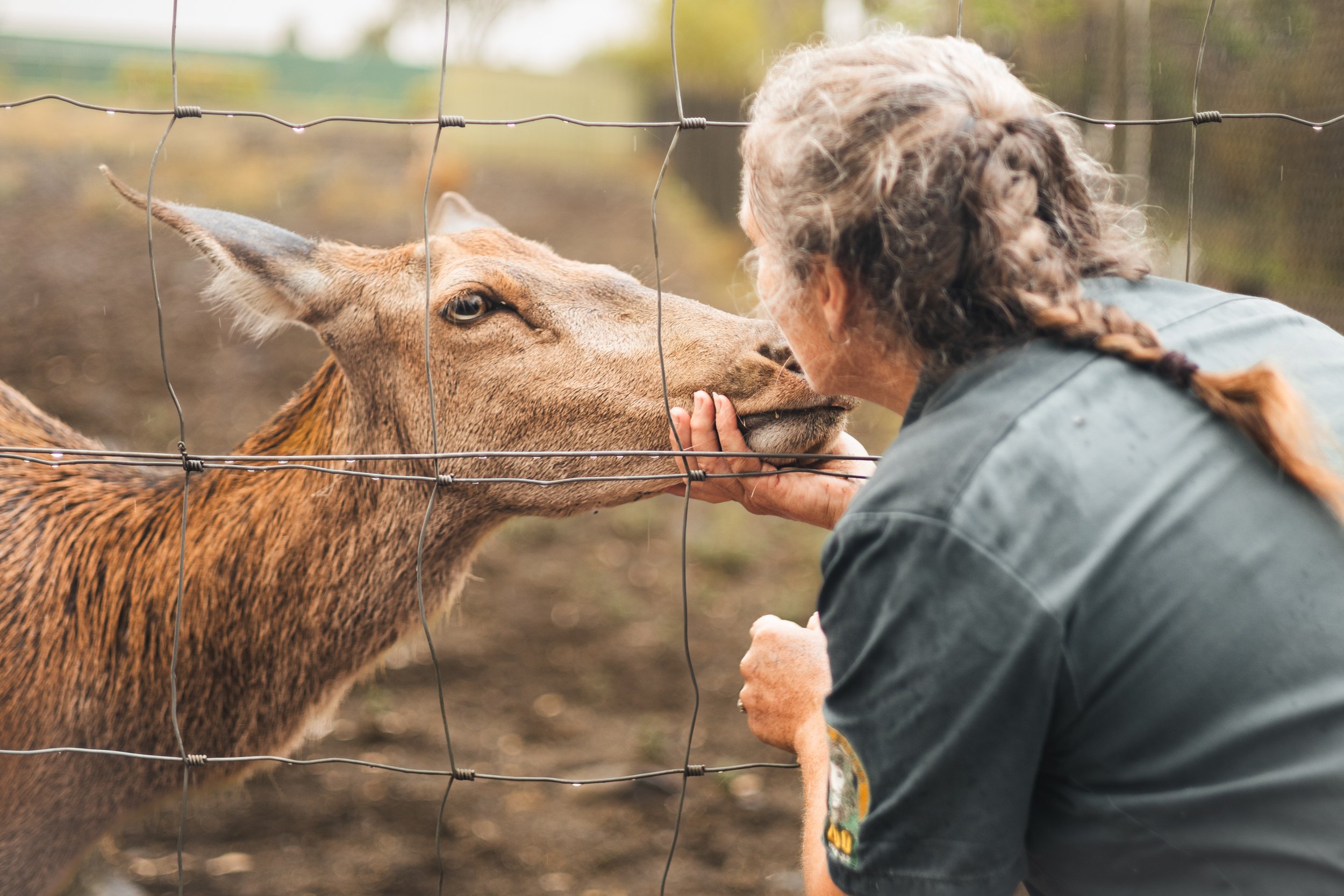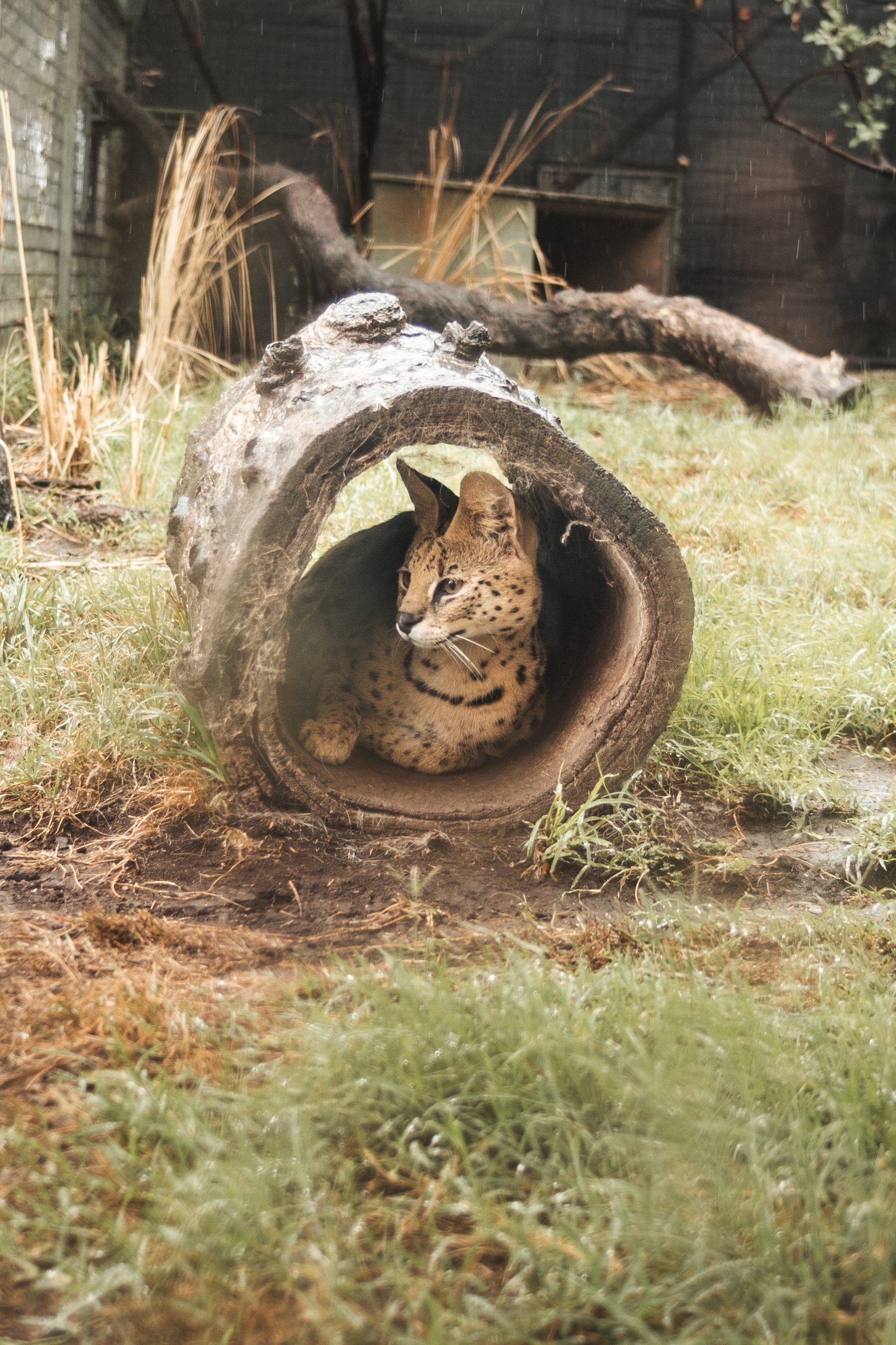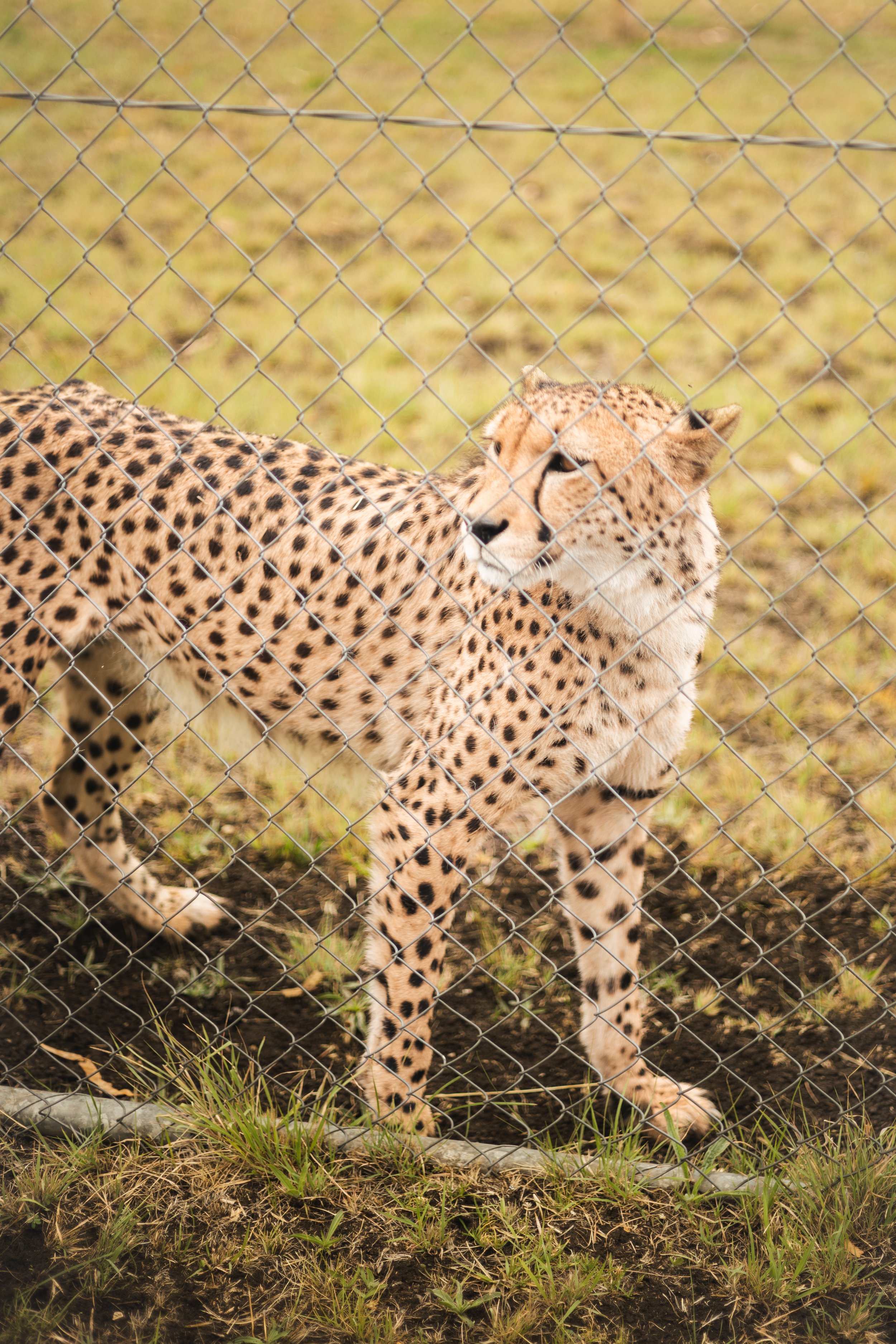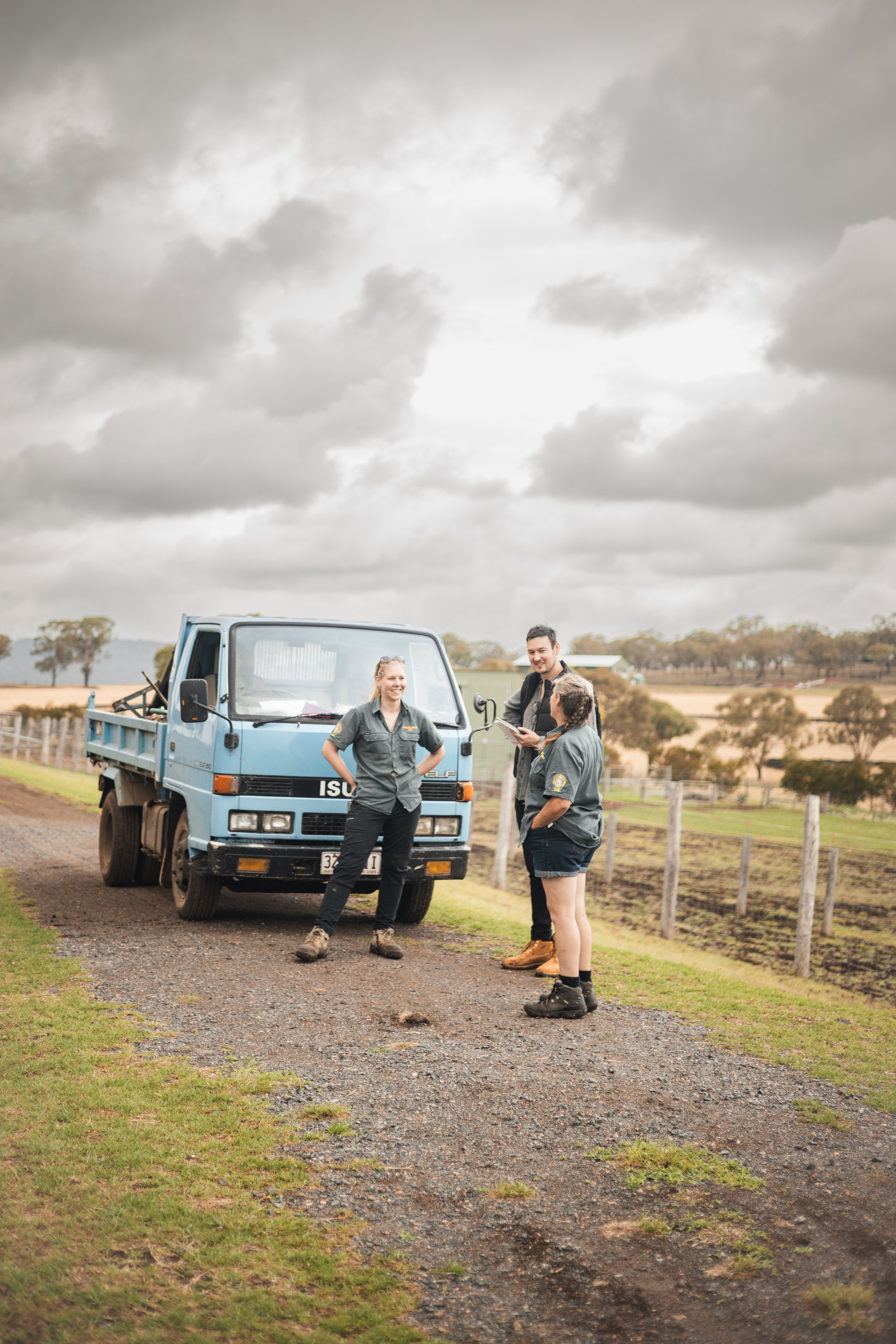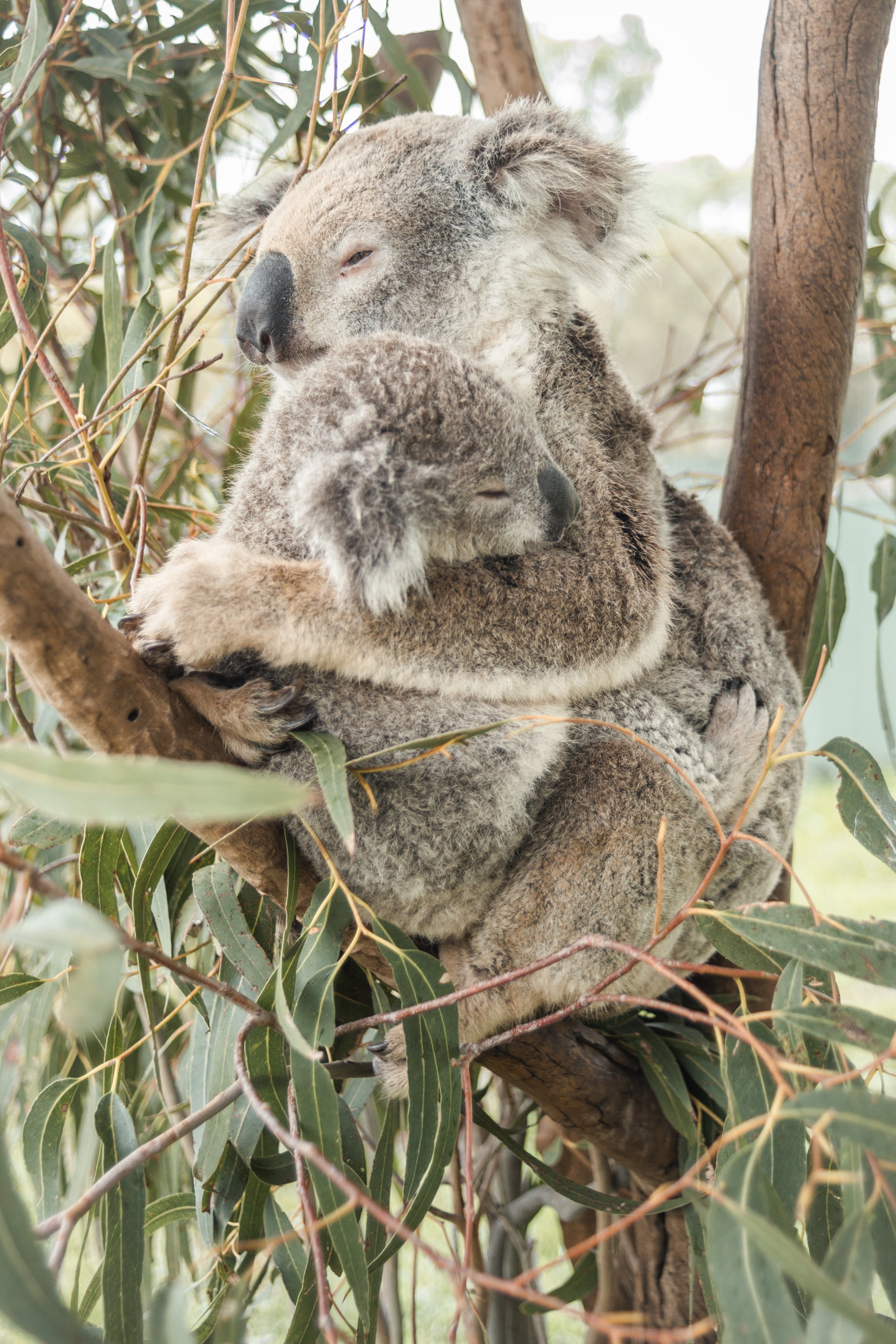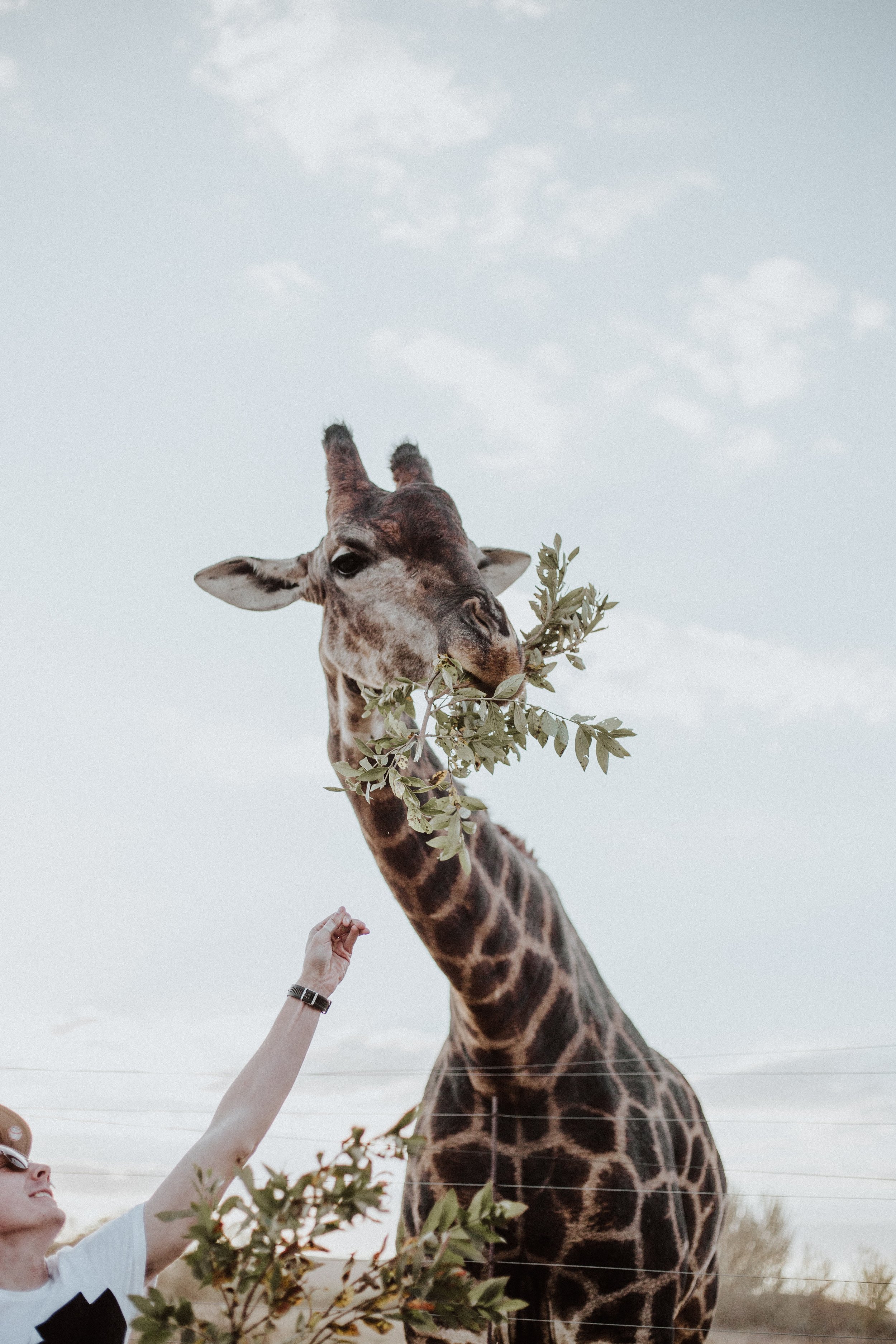Who’s Who
Published 02 January 2024
Photography: Daniel Somervaille Written: TFG Staff
Steve and Stephanie Robinson, the owners of Darling Downs Zoo, embody the saying 'A house is not a home without a pet'—but in their case, these 'pets' include over 500 exotic animals including tigers, giraffes, and Komodo dragons. We had the opportunity to sit down with them and delve into the unique experiences and challenges of running a zoo.
What inspired you to establish Darling Downs Zoo? Can you share the story of how the Zoo came to be?
We had always had a great love for animals, both myself and my husband Steve. In fact, when I met Steve he was actually working in the circus in animal care.
I don't actually remember when the idea first came up, but somewhere along the line it became the dream; so we moved here and opened in 2004.
We both feel really strongly about animal conservation and helping protect endangered species. It's why we're so big on our breeding programs, so that has been a big focus for us.
Running a Zoo must be very unique and multi-faceted, what are some of the challenges?
It is, it’s actually like running 5 micro businesses, there’s the zoological side with all of the animals and then the regulations, compliance, importing, and quarantine side that Steve looks after, then there’s the tourism and fundraising aspects (being a private zoo we don’t receive the kind of support that other zoos receive, so we really rely on visitors and donations so that we can invest it all back into the animals and enclosures), running a cafe and shop, and in many ways it's also similar to agriculture in that you really have to think about food and water management.
There's a lot going on! Luckily we love it and are passionate about what we do! If you love animals it’s incredibly rewarding, but of course, it also has incredible highs and lows.
You mentioned breeding programs, can you tell us about those?
We have several breeding programs that we're a part of (Australian and International), it's a huge part of what we do. We're really fortunate to have had some real success as well; we've been able to breed three generations of lions at the Zoo, the baby leopard cubs and giraffes, we're part of a breeding program for the Addax (of which there's fewer than 90 left in the wild, some reports say as few as three), and even Australian animals like Bilbies, Kerlews and Stilts which are re-released back into the wild.
Our big goal at the moment is to see the Cheetah breed, but so far they haven’t been 'feeling the love'.
What are some of the more unusual animals you have?
One of the more obscure animals we have are our endangered Binturongs, Molly (pictured) and Marny; they are a bearcat (they’ll often sit up like a bear, but then they are more like a cat in the way they move through the trees) and one of only two carnivores in the world that have a pre-tensile tail. But they also smell like popcorn! (the chemical that they release is actually the exact same chemical that makes the popcorn smell).
We also have Sri Lankan Leopards (we're one of just two zoo's in Australia), the Addax, which are very nearly extinct, Baloo our Komodo Dragon, and our African Caracals (the caracals are where the saying 'to put a cat among the pigeons' comes from).
But everyone love the big cats, the cheetahs and the leopards and lions and tigers, and of course the meerkats and giraffes. One day we'd love to have Elephants and Rhinos too!
What is something people may be surprised by?
A lot of people don't think of reptiles as having personalities. The snakes, and the tortoises they all have these different, quirky personalities and moods, so much more than people would expect. Alligators can even learn and respond to their name. The Monkeys and Baboons though, well they're definitely as cheeky as you'd expect!
Can you share what an average day might look like for a zookeeper?
There really is no such thing as an average day!
Most days will start 7 am-ish for the keepers although we are usually out and about before then. But we'll start with feeding runs and checking on the animals.
These days moreso (the Zoo now has 20 staff members) we each tend to look after our own specialist area (someone on birds, someone on ungulates (hooved animals, zebras, deer, addax), someone on cats, etc. but in the early days, everyone would work everywhere.
Then it's on to our bigger jobs and that could be food prep, cleaning, or moving animals. Or it could be working on enclosures, collecting droppings for health checks, and helping to condition the animals.
When we had the newborn giraffes, we had to hand-raise them. Giraffes often have feeding issues (it’s very common in the wild), and as you can imagine hand feeding a giraffe is not an easy task! Even a baby giraffe is taller than an average person at birth and it took a minimum of three of us, climbing on a platform of hay, to be able to feed her.
Then of course on the days we have talks, tours, or animal encounters, we'll be prepping for those, and we love spending time with guests.
Usually, by around 5, we're starting to think about the last jobs, shifting animals into their overnight enclosures, and closing up.
They are long days, but it really is beyond a job. It's a field that you get into because you love the animals and you love what you do.
What are the upcoming plans for Darling Downs Zoo?
Well, the zoo is currently on the market! So if you have ever dreamed of owning a zoo, now is your chance! For Steve and I, we’re both getting a little older, so we’ve talked retiring and and living on our farm in the area (we'd definitely still be available to help if wanted). We’re committed to seeing the Zoo continue, it’s too important not to, so it’s really just about finding the right people who are just as passionate about animal welfare and conservation as we are.
How can people can involved and also support the zoo and the work you do?
Really we'd just love to invite people to come and visit and appreciate the animals, and if they have the means, animal encounters and zoofaries (up close private tours and dinner at the Zoo) are a great way to show your support and have an incredible experience at the same time. The money we receive we're able to invest straight back into the animals.
To support the Zoo, we also have the Preservation Society which is a charity where people can donate money or goods to look after endangered species. And of course, we do invite volunteers, but because it is so specialized, there are limited options from a volunteer perspective.
We want people to fall in love with these animals so that they feel inspired to make a difference too!
Darling Downs Zoo is located 25 min from Toowoomba and is open daily, 9 am - 4 pm.
For more information visit darlingdownszoo.com.au/


